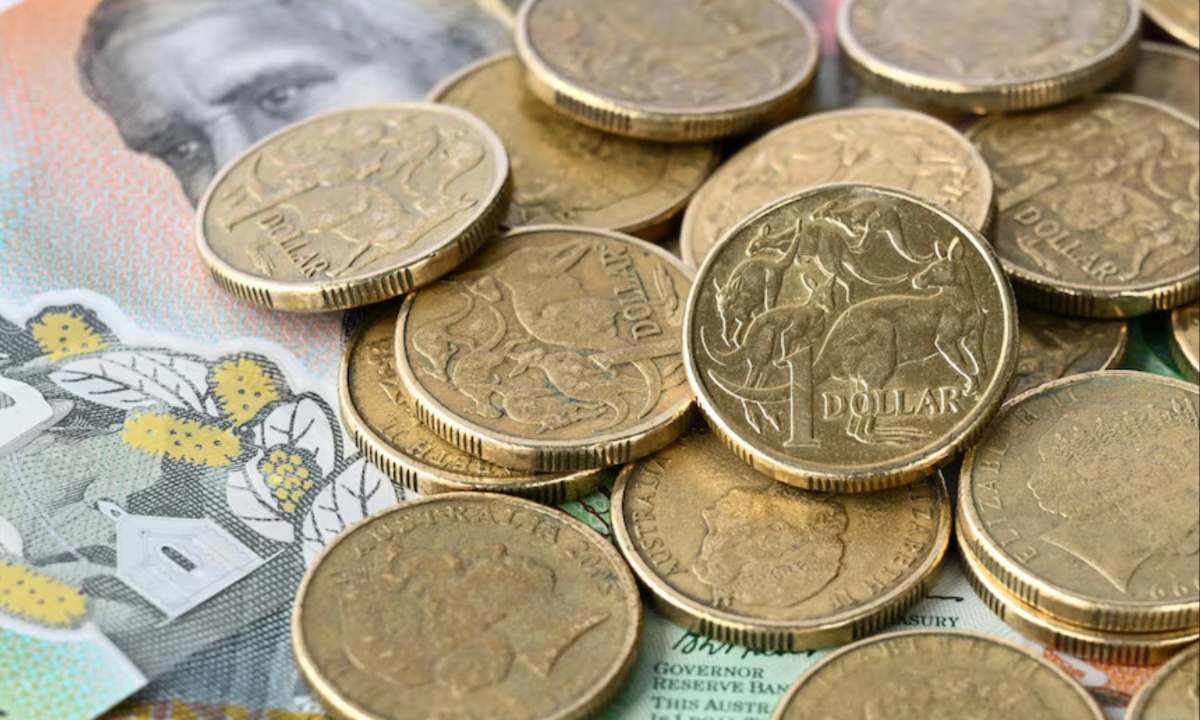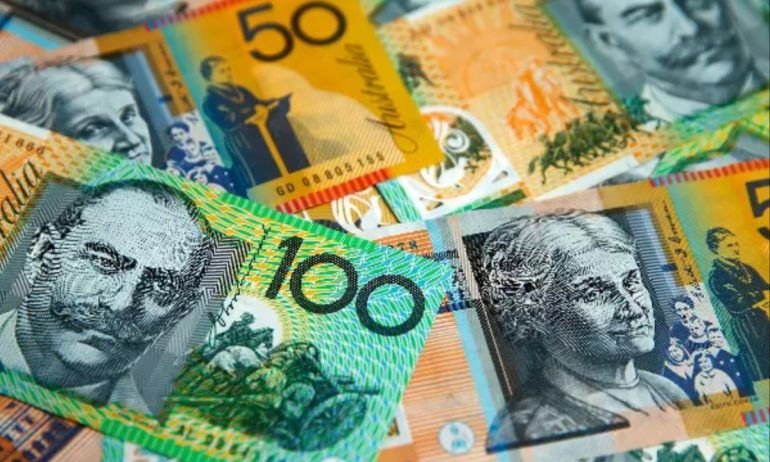The Australian Dollar (AUD) gained support as copper futures hit a record high, surpassing $5.20 per pound on the Comex exchange. This surge benefits Australia, one of the leading copper exporters. However, concerns arose after Bloomberg reported that former U.S. President Donald Trump might expedite the timeline for imposing tariffs on U.S. copper imports. While the Commerce Department originally had 270 days from February 2025 to decide on these tariffs, the latest indications suggest they could be implemented within weeks, creating potential market volatility.
Australian Dollar Weakens as Inflation Slows and Budget Plans Raise Market Uncertainty
The AUD faced downward pressure against the U.S. Dollar (USD) following the release of Australia’s Monthly Consumer Price Index (CPI) report for February. The CPI rose by 2.4% year-over-year, slightly below the previous month’s 2.5% and market expectations. Meanwhile, Treasurer Jim Chalmers unveiled the 2025/26 budget, which includes tax cuts worth A$17.1 billion.
The budget deficit is projected at A$27.6 billion for 2024-25 and A$42.1 billion for 2025-26, with GDP growth expected to reach 2.25% in 2026 and 2.5% in 2027. These tax cuts seem politically motivated, aiming to bolster domestic economic confidence.

Investor sentiment towards the AUD remains influenced by expectations that the Reserve Bank of Australia (RBA) will maintain interest rates next week. This follows the central bank’s first rate cut in four years, implemented in February. RBA Assistant Governor Sarah Hunter reaffirmed a cautious stance on further cuts, citing concerns about inflation.
Additionally, expectations of Chinese stimulus measures could benefit the Australian economy due to strong trade ties. The Chinese government has proposed initiatives to boost consumer spending through wage hikes and financial relief, which may help stabilize the AUD by supporting Australia’s export demand.
Dollar Strengthens Amid Market Caution as Traders Await Tariff Announcements and Fed Signals
The U.S. Dollar gained strength as market caution increased ahead of Trump’s potential tariff announcements on April 2. The U.S. Dollar Index (DXY) rebounded to 104.30, with uncertainty over which countries might receive tariff exemptions. Reports suggested Canada could face lower tariffs, though details remain unclear.
Meanwhile, U.S. economic indicators showed mixed results. The Composite PMI increased to 53.5 in March, indicating stronger growth, while the Manufacturing PMI fell below expectations at 49.8. Federal Reserve officials, including Governor Adriana Kugler and Atlanta Fed President Raphael Bostic, reiterated concerns about persistent inflation, signaling a cautious approach to rate cuts.
The AUD/USD pair is trading near 0.6280, facing downward pressure within a descending channel. Technical indicators, such as the 14-day Relative Strength Index (RSI), suggest a bearish bias. The pair could test support near 0.6210, with a further decline potentially leading to the seven-week low of 0.6187 recorded on March 5.
On the upside, resistance lies near the nine-day Exponential Moving Average (EMA) at 0.6306. A breakout above this level could shift momentum toward the monthly high of 0.6391 reached on March 18. For now, the AUD remains vulnerable to external economic developments, particularly U.S. policy decisions and global trade dynamics.

